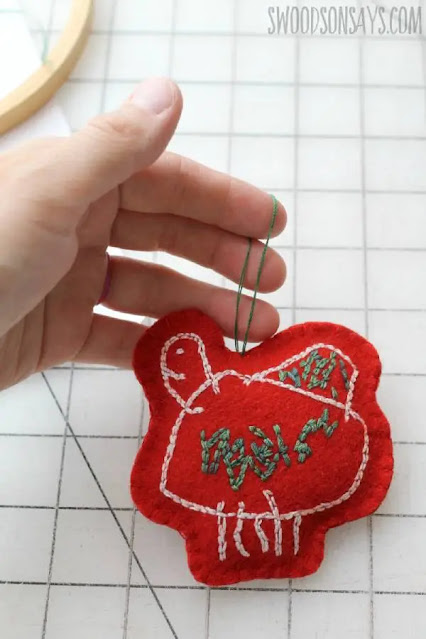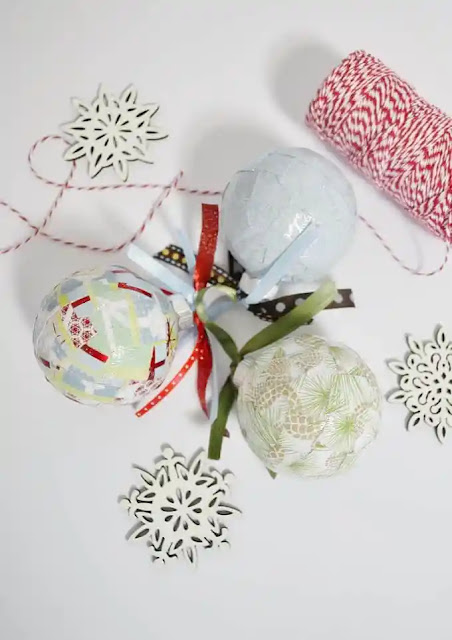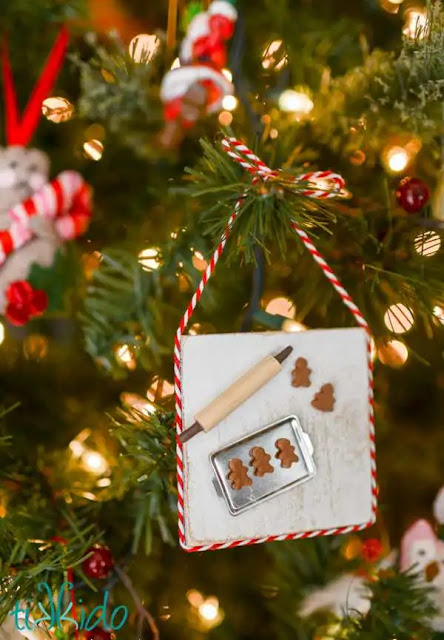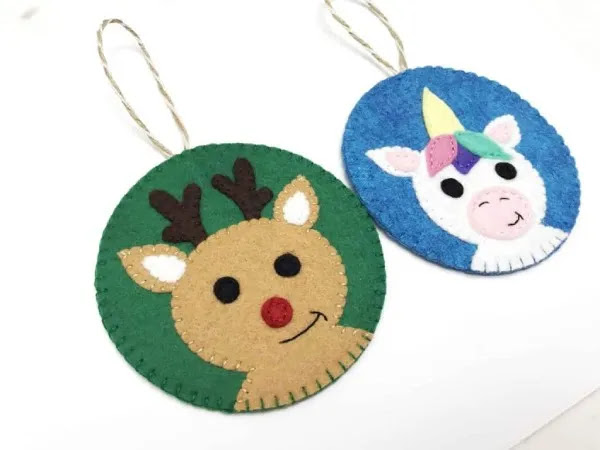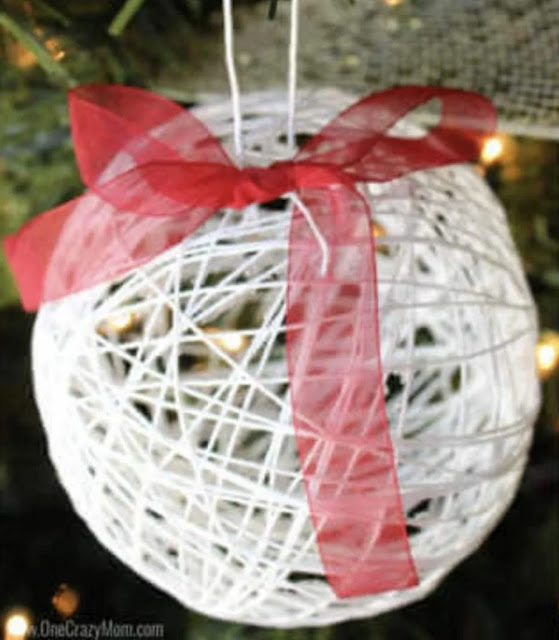The care issues with aloe vera plants that practically every gardener encounters when growing this lovely house plant are discussed in this article. Like many other garden plants, aloe vera requires special attention when it comes to maintenance. Common issues include leaf fading, shaky aloe plants, and aloe plants that turn grey.
Some of these issues may occasionally be brought on by the natural environment, while other issues may result from improper aloe plant maintenance. Whatever the situation, there is always a solution to every issue; all you need to do is identify the root causes and find the best course of action.
Let's examine what might be occurring to your aloe vera now.
Common Aloe Vera Plant Care Problems and their Solutions
1. Aloe Vera plant turning grey
What causes the greying of aloe vera plants? When aloe vera plants are shocked, they turn grey. This happens particularly when there is a sudden shift in its environment, such as when it is put outside for some sun and the amount of light increases dramatically.
Aloe vera plants can tolerate the sun, but you should first harden them off before leaving them in the sun. Before exposing your aloe plants to the intense sun, you should gradually acclimate them by offering them some mild shade adjustment. Otherwise, your aloe vera plant will become sunburned.
To help it heal, put your sun-damaged aloe plant in the shade for a few days.
2. Mushy leaves and roots on aloe vera plant
An aloe vera plant's mushy leaves and roots are a sign of root rot brought on by over watering. Aloe leaves have water-soaked patches due to a bacterial infestation. The leaves become mushy and crumble as the decay spreads further into the plants.
As a result, water your aloe only when the soil is nearly dry (during the summer), avoid letting your potted aloe lie in a saucer of water, and use a well-draining potting mix or soil.
Even though it's uncommon to revive sick aloe plants, you can preserve yours by repotting it while the disease is still in the early stages. Reduce the moisture in the pot and stop additional fungus infections on the roots by repotting your aloe plant into barely moist, sterile potting soil.
Additionally, you can kill root rot on your aloe plants with hydrogen peroxide. Every time you water your aloe vera plant, mix around 2 tablespoons of 35% hydrogen peroxide in a gallon of water and apply it to the base and the roots. In addition to eliminating germs surrounding plant roots, hydrogen peroxide also improves soil/potting mix aeration and reduces the likelihood of further root rot incidents.
3. Aloe Vera turning brown and soft
Your aloe vera stalks are getting dark and limp for a variety of reasons. First and foremost, an aloe vera plant shouldn't receive too much water. Always maintain correct soil moisture levels and good watering practices to prevent rots.
Aloe vera's brown stalks could also be a natural occurrence. There is nothing to be concerned about if your aloe begins to sprout new growth and the older lower leaves begin to turn yellow.
Older (brown) leaves on your plant must be shed to make place for new growth and energy accumulation. In either scenario, you must use a sterilized knife or pair of pruning shears to remove the brown tips from your aloe plant. Your aloe vera will stay healthy and green as a result.
4. Yellow leaves on aloe vera
Aloe vera yellow leaves can have a variety of causes. The primary and most often cause is incorrect irrigation. When you overwater an aloe plant, the potting soil stays wet all the time, which fosters the growth of the root rot disease.
The roots become injured over time as the condition worsens, which prevents the plant from absorbing the essential nutrients. The result is nutrient deprivation, which causes the aloe leaves to yellow.
Second, even though aloe vera can endure prolonged droughts, you should still water it thoroughly. If you don't water your aloe plant, the growing media becomes dry, which interferes with the roots' ability to absorb vital nutrients.
Incorrect dietary supplements, poor lighting, and temperature variations are some additional factors that might contribute to yellow leaves on aloe vera plants.
5. Aloe Vera leaves bending
Your aloe vera plant needs more light if its leaves begin to bow, either at the base or in the middle. A poor aloe vera plant with bent/creased leaves results from not getting enough light, which is required for at least 6 hours of strong, natural light for optimal growth.
There are numerous strategies to deal with aloe vera leaves bending, including rotating your aloe plants every two weeks to ensure that they get light evenly from all sides and moving your potted aloe plants to a brighter area so that they get enough light, especially during the long, dark winters.
For optimal results, combine natural light with a white fluorescent light placed between 6 and 12 inches above the aloe plants if the amount of light is still insufficient.
6. Sticky aloe vera plant
Aloe vera leaves can become sticky when growing near other plants that produce sticky sap or when exposed to chemical residues, however this is not the only cause of sticky aloe vera leaves. Your aloe plant may become infested by insect pests including mealybugs, scales, and aphids, which will produce sticky honeydew secretions on the leaves.
In order to rule out an insect or pest infestation, it is imperative that you check the underside of the leaves if your aloe vera plant has sticky leaves.
Take the appropriate corrective action once you have determined what is causing your aloe vera to be sticky. For instance, if chemical residues are to blame, clean water should be used to remove the residues. And for an efficient, non-toxic remedy, spray your aloe plant regularly with neem oil or horticultural soap if the problem is insect infestations.
7. Aloe Vera leaves getting flat, thin, and curly
Aloe vera leaves should naturally develop away from the plant's base and upwards. Therefore, if yours have flat leaves, there may not be enough light. Despite the fact that too much light causes aloe plants to become brown, you should make sure they receive at least 6 hours of direct sunlight each day.
On the other hand, thin and curling aloe vera leaves indicate that your plants are dry and the soil moisture level is low. As a result, the plants are compelled to utilise their liquids in order to survive. In this situation, give your plants the water they need and keep the moisture level stable at all times.
8. A floppy / drooping aloe vera plant
Aloe vera plants can become floppy for a variety of causes, including as fungus infections, cold weather, insufficient sunlight, improper watering techniques, and shallow containers or pots.
Aloe vera plant wilting is a simple problem to solve. First and foremost, figure out why your aloe plant isn't standing up, then take the appropriate action to fix it.
For instance, practice good watering techniques (water when the soil is completely dry and wet it thoroughly), make sure your aloe plant receives enough sunlight (at least six hours of strong, direct sunlight per day), and repot your aloe plant in a deeper, sturdy, and heavy container for full support.
Last but not least, if after implementing all the corrective steps your aloe vera plant is still drooping, it's possible that it is an overgrown plant; thus, think about staking it or dividing it into smaller plants.
9. A Leggy aloe vera plant
A lanky, unstable, or spindly aloe vera plant is a sign of inadequate light, just like bending and flat aloe vera leaves. It's possible that you put your plant in a dim area where it lacks access to direct sunshine.
If so, consider relocating your aloe plant to a sunny area to see if it helps. Additionally, if your aloe plant outgrows the container it is growing in, you might want to think about repotting it.
Conclusion
The nine typical issues with aloe vera plant care and their solutions are listed above. Now that you are aware of the causes of your plant's behavior, caring for it will be simple.
Furthermore, because this article has covered everything, you won't need to worry every time you notice your aloe's leaves changing color, feeling sticky, getting leggy, not growing upright, drooping, or with mushy leaves and roots.


